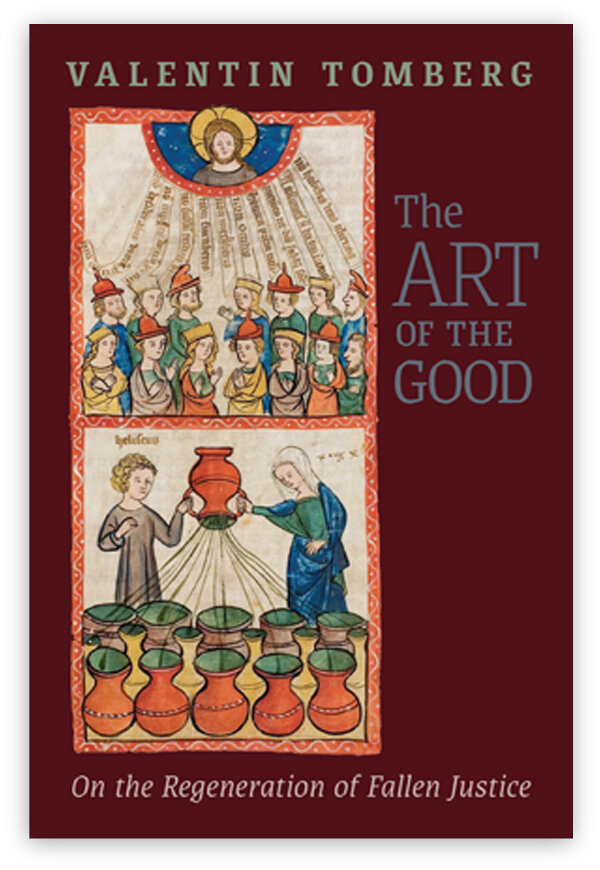
Valentin Tomberg’s writings fall into two distinct periods. First came his 1930s pre-Catholic Anthroposophical studies, which he once explicitly declared ‘totally alien’ to the man he later became. (Less explicitly, he said the same thing in countless other ways, as well.)
After 1944, though, the newly converted Tomberg set out on a new Catholic road that led to his Magnum Opus Meditations on the Tarot with its companion volume Lazarus Come Forth, written in the 1960s and 70s.
These two have long been available in English. But prior to these two great books, there were earlier works addressing jurisprudence, that were likewise informed by his newfound Catholic vision.
Alas, until now, these have been extremely obscure in the Anglosphere. We are deeply indebted to Angelico Press, then, for starting to re-publish them in English.
The Art of the Good is the first of these volumes. Originally entitled The Degeneration and Regeneration of Jurisprudence, this short work constitutes a profound meditation on justice and law – one where Tomberg takes off in a bold new direction, radically breaking with his past.
For his 1930s Anthroposophy was devoted to Rudolf Steiner’s dream of an esoteric Christianity sans the Church, which dream entailed the notion of direct cognition of Christ—sans mediation by Catholic tradition.
Now, suddenly, Tomberg displays an astonishing volte-face. He no longer espouses Anthroposophy, but numerous ideas even 180 degrees opposed to it!
For Steiner’s Anthroposophy was a grandiose dream to save humanity – save it from the descent into materialistic thinking via a supposed ‘spiritual science”.
Dispensing with the need for faith in Christ, this so-called ‘science” instead asserted direct knowledge, direct cognition, of spiritual realities sans all traditional intermediaries. (Very much including the Church!)
But The Art of the Good, along with all the books that follow, rejects Steiner’s dream. Instead of saving humanity via an exotic ‘spiritual science,” Tomberg turns to precisely the traditional means Steiner repudiated. (Very much including the Holy Church and even political suggestions that hark back to Christendom of old!)
Discontinuity — Yet Continuity
One can hardly stress enough how far removed from Anthroposophy these new found ‘Church and Christendom’ themes are. Tomberg has crossed into another universe . . .
Not that certain continuities do not remain between Steiner and the Catholic Tomberg. Certainly, they remain—indeed often most profound ones.
For example, the Catholic Tomberg still agrees with Steiner that a terrible descent into mechanistic, materialistic thinking menaces humanity.
The Art of the Good concerns this very much. It deals with the degeneration of culture via the fall into robotic ‘thinking’ and specifically how that soulless mechanical thought manifests in jurisprudence.
Yes, jurisprudence—but also governance. For as we shall see, Tomberg’s books on law have much to say on politics, too . . .
More of this, shortly. First, though, this notion of mechanical thinking should be well-known to students of Meditations on the Tarot. Such students will likewise recognise the theme of crippling cultural degeneration – a theme that, again, retains considerable continuity with Steiner.
The Sickness of the West
Later, though, the Catholic Tomberg came to see this decadence in a rather different light to Steiner. A few words from Meditations on the Tarot may help to illustrate:
The sickness of the West today is that it is more and more lacking creative elan. The Reformation, rationalism, the French revolution, materialistic faith of the nineteenth century, and the Bolshevik revolution, show that everywhere mankind is turning away from the Virgin. The consequence of this is that the sources of creative spiritual elan are drying up, one after the other, and that an increasing aridity is showing up in all domains of the spiritual life of the West . . .
The West . . . is growing old, i.e. it is distancing itself from the rejuvenating source of longevity. Each revolution which has taken place in the West —that of the Reformation, the French revolution, the scientific revolution, the delirium of nationalism, the communist revolution —has advanced the process of aging in the West.
Anonymous, Meditations on the Tarot, 296, 299
Now, Steiner would not disagree with Tomberg’s description of an arid wasteland. But he would not concur with his views regarding ‘the Reformation, rationalism, the French revolution’ etc . . .
No, for Steiner, these revolutions, beginning with Luther’s, contain much of essential importance. Certainly, he saw their piteous consequences—still Steiner affirmed a certain essence to these developments. He sides with progressives in terms of rupture from tradition and the Church.
The young Tomberg appears to have agreed. But the mature Tomberg never fails to address matters like the Reformation or the French Revolution in anything but dark and tragic tones.
Unlike progressives (and not just Steiner) Tomberg no longer has anything good to say about the repeated ruptures with tradition that form the basis of modernity.
Now, we have somewhat digressed from The Art of the Good.
This digression is hardly without a point, however. It is this — that this new attitude of Tomberg’s to the Reformation, revolution, the ‘sickness of the West” first found expression in his seminal 1944 book on jurisprudence (and he develops these themes much further in writings yet to be published by Angelico Press.)
For myself, this was one of the great values of The Art of the Good (along with the books that followed it): it helped me grasp Tomberg’s renunciation of Anthroposophy.
I trust it can help others see the same.
A Magnificent Meditation on Morality, Law and Freedom
Still, I do not mean to mislead anyone. This is hardly the main concern or indeed value of this work! No, this book is a magnificent meditation on law – and likewise morality and freedom. For law is utterly meaningless if considered apart from morality and freedom. (Only a free agent can break the law. Otherwise he cannot be held as culpable.)
As Tomberg argues, law divorced from moral thinking easily degenerates into a shallow legalism, which actually serves injustice and evil, rather than justice and the GOOD.
Once more: this book considers the specific way the ‘Sickness of the West” manifests in Jurisprudence — with the most appalling results for modernity.

For in Christendom of old, we were blessed with political and juridical structures that recognised the Divine Law of revelation and the Natural Law. These oriented humanity towards the objective truth of God’s Will for His Creation. (Or as Tomberg might prefer: trans-subjective truth).
Such thinking, however has vanished from the relativistic, secular outlook of recent centuries.
Now, The Art of the Good was written in Germany in 1944, even whilst the bombs dropped, and Tomberg is evidently occupied with the evils of National Socialism. For him, Nazism is a direct consequence of the revolutions against Church and Christendom in earlier centuries . . .
Seventy years later, we are no longer faced by Hitlerian Nazis. But we are menaced by a creeping totalitarianism of Political Correctness.
A New Secular Religion (as I call it in my Gentle Traditionalist books) stalks the West.
That New Secular Religion relies on relativism —the obscuration of objective or trans-subjective TRUTH — in favour of naked desire, hedonism, even whim and the endless thirst for liberty, liberty, liberty. And this would seem to include liberty from all objective truth (e.g. gender).
Moreover, this totalitarian pseudo-religion is now enforced with the mightiest technology humanity has ever known. Round the clock 24/7 powers for surveillance and brainwashing exist today, beyond Stalin and Hitler’s most cherished dreams.
In brief: Tomberg’s profound thinking on justice including the Divine Law is just as relevant today, if not more so than it was in 1944! For the sickness of the West has only advanced during the last 70 years . . .
A Sweeping Rejection of Modernity
And so this book amounts to nothing less than an astonishing challenge to the modern mind — that there will never be true justice in the world without restoring the fullness of the Natural Law and Divine Law.
And for that Tomberg argues in this book, as in those that follow it, that the West needs a return to the structures, hierarchical, ecclesiastical, even political that once defended both Natural and Divine Law.
And so it is that Tomberg decisively rejects things we have all long grown accustomed to. For instance in The Art of the Good he maintains that:
No agnostic state, a state that is indifferent . . . (to the extent that this indifference is not a framework of tolerance, but a dominant spiritual and social tendency) can bring about a harmonious state of society . . .
No social system that has come about on the basis of revolution, to the extent that it erases tradition and cultural continuity has a chance of “establishing the social system of peace.
Valentin Tomberg, The Art of the Good p. 86.
Is this not a sweeping rejection of modernity inasmuch as all our modern states in the West are based on revolution, relativism, indifference? Are we not today all the children of 1789?
Be that as it may, Tomberg’s jurisprudence works are not restricted to legal matters for judges and lawyers. They are, rather, replete with ecclesiastical and political ramifications.
For to restore the Natural Law and the Divine Law, Tomberg will argue for the centrally organised Catholic Church (as opposed to other confessions). Indeed, he also addresses and affirms the ecclesiastical law of Catholicism in the book:
The instruction of the Catholic Church to attend Mass on Sundays and on certain festal days is a pure command to positive action . . .
Law, here, becomes a guiding and obligating straight line towards a specific goal: in the case of the obligation to attend Mass, towards the goal of active participation in the effects of the Sacrifice of the Mass.
Valentin Tomberg, The Art of the Good p. 74.
And if this were not astonishing enough for Anthroposophists, Tomberg proceeds to argue for at least some sort of Christendom. Clearly this is implied in the statements above regarding agnostic and revolutionary states. But there is more. For instance:
What is sacred (religion, the cultic or res sacrae) are protected in civilised states.
Valentin Tomberg, The Art of the Good p
And Tomberg will have plenty more to say about the obligation of the state to protect Christianity, particularly in the books that follow this one.
Now, Christendom is not the main theme of Tomberg’s legal-political writings. Nevertheless, some sort of Christendom is repeatedly invoked in these books.
‘Some sort,” I emphasise. Certainly, Tomberg is not calling for an impossible return to the precise monarchical structures that prevailed in Europe before the terrible revolutions. But he praises the Emperor of Christendom and the need for the function of the Emperor. These themes however are more evident in the later books and we should wait till these appear, before venturing more.
Church, Christendom — Or Drowning in Materialism
Still, in this first seminal book of Christian and Catholic jurisprudence, we witness things to astonish.
We see this man—who had been a leading Anthroposophist only a few short years beforehand—utter thoughts to dumbfound the Anthroposophists.
Now, for example, he champions not the impossible dream of ‘spiritual science” but the precise thing Steiner relentlessly criticised: Catholicism.
And so in The Art of the Good Tomberg speaks in terms that must have shocked Anthroposophists to the core in 1944. These include notions like:
Out of all known larger human communities, the Catholic Church is the most perfect in this respect: it never forgets the past, but works and takes care for the future, and adopts an active position towards all the events of the present day . . .
The fact of the superiority of the Catholic Church to all other human communities in this respect . . . lies in the fact that it is the Catholic Church that most corresponds to the requirements of a harmonious state of society. [Italics added]
Valentin Tomberg, The Art of the Good, p 13.
Such lines, though, are but the tip of the iceberg. Far more in this book, and those that follow, testifies to Valentin Tomberg’s renunciation of Anthroposophy. (And, incidentally, we have more about this renunciation here.)
Yet although Tomberg renounced the dream of replacing Christian faith with ‘spiritual science,” he never renounced Steiner’s tragic awareness of materialism.
The two men share, I think, a burning compassion — beautiful and noble — for humanity cut loose from Christ. In certain ways, they diagnose the “sickness of the West” in similar fashion.
But what a world of difference can exist between diagnosis and remedy! For if there is a diagnostic continuity between Steiner and the Catholic Tomberg, there is also profound remedial discontinuity —that is to say discontinuity in terms of healing. There is a gaping chasm between Anthroposophy, hostile to the Church and Tomberg’s post-Anthroposophy project, commencing in 1944, which held the Catholic Church as the central hope for humanity.
Tomberg would continue that project for the remaining twenty nine years of his life, ever elaborating our need for the Church to save humanity from DROWNING in materialism. As he writes in Meditations on the Tarot:
It is thanks to the Church that we have air to breathe and that we have a place of shelter and refuge in this world of materialism, imperialism, nationalism, technologism, biologism and psychologism . . . in so far that the Church lives that we live. The church bells once reduced to silence, all human voices desiring to serve the glory of God will also be reduced to silence. We live and we die with the Church . . .
Without it Hermeticism —indeed, every idealistic philosophy and all metaphysical idealism —would be drowned in utilitarianism, materialism, industrialism, technologism, biologism and psychologism. Dear Unknown Friend, imagine to yourself a world without the Church. Imagine a world of factories, clubs, sports, political meetings, utilitarian universities, utilitarian arts or recreations—in which you would hear not a single word of praise for the Holy Trinity or of benediction in its name. Imagine to yourself a world in which you would never hear a human voice say: ‘Gloria Patri, et Filio, et Spiritui Sancto, sicut erat in principio, et nunc, et semper, et in saecula saeculorum”, or ‘Benedicat vos omnipotent Deus, Pater, Filius et Spiritus Sanctus”.
It is thanks to the Church that we have air to breathe and that we have a place of shelter and refuge in this world of materialism, imperialism, nationalism, technologism, biologism and psychologism . . . in so far that the Church lives that we live. The church bells once reduced to silence, all human voices desiring to serve the glory of God will also be reduced to silence. We live and we die with the Church . . .
Anonymous (Valentin Tomberg) Meditations on the Tarot, p. 188.
Platonism, Christ, More . . .
The Art of the Good, then, represents a shocking challenge not only to Anthroposophy, but modernity itself.
For essentially Rudolf Steiner affirmed modernity, in many ways, even whilst he witnessed its appalling materialism. More is here, though, than simply challenging modernity. Although short compared to Meditations on the Tarot, the careful reader will find a moral vastness carefully compacted into its hundred pages, as jurisprudence and politics are probed and pondered in the light of the good and the true.
Here is a far-reaching meditation on morality, freedom, governance, relativism and cultural degeneration. And (we have not even broached this!) all this is considered in the light of realism, nominalism and the Universalia of Platonic and Scholastic philosophy. Nor have we mentioned that this is suffused with Tomberg’s inexpressible veneration for Jesus Christ as ‘the very sun of the moral cosmos.”
Those of us who care about Tomberg’s diagnosis of the ‘sickness of the West’ in Meditations on the Tarot will find stunning new insights and dimensions in The Art of the Good. Those of us who have been touched to the core of our being by the ‘moral logic” of Meditations on the Tarot will find the same luminous moral beauty evident on every page of The Art of the Good.
This book is more important, more beautiful, more profound than I can possibly convey in words. Angelico Press has done a great service to the world by re-publishing it in English.
Foreword for Monarchy by Roger Buck
Buying Books at Amazon Through These Links Gives Us a Commission. This Supports Our Apostolate. Thank You if You Can Help Us Like This!
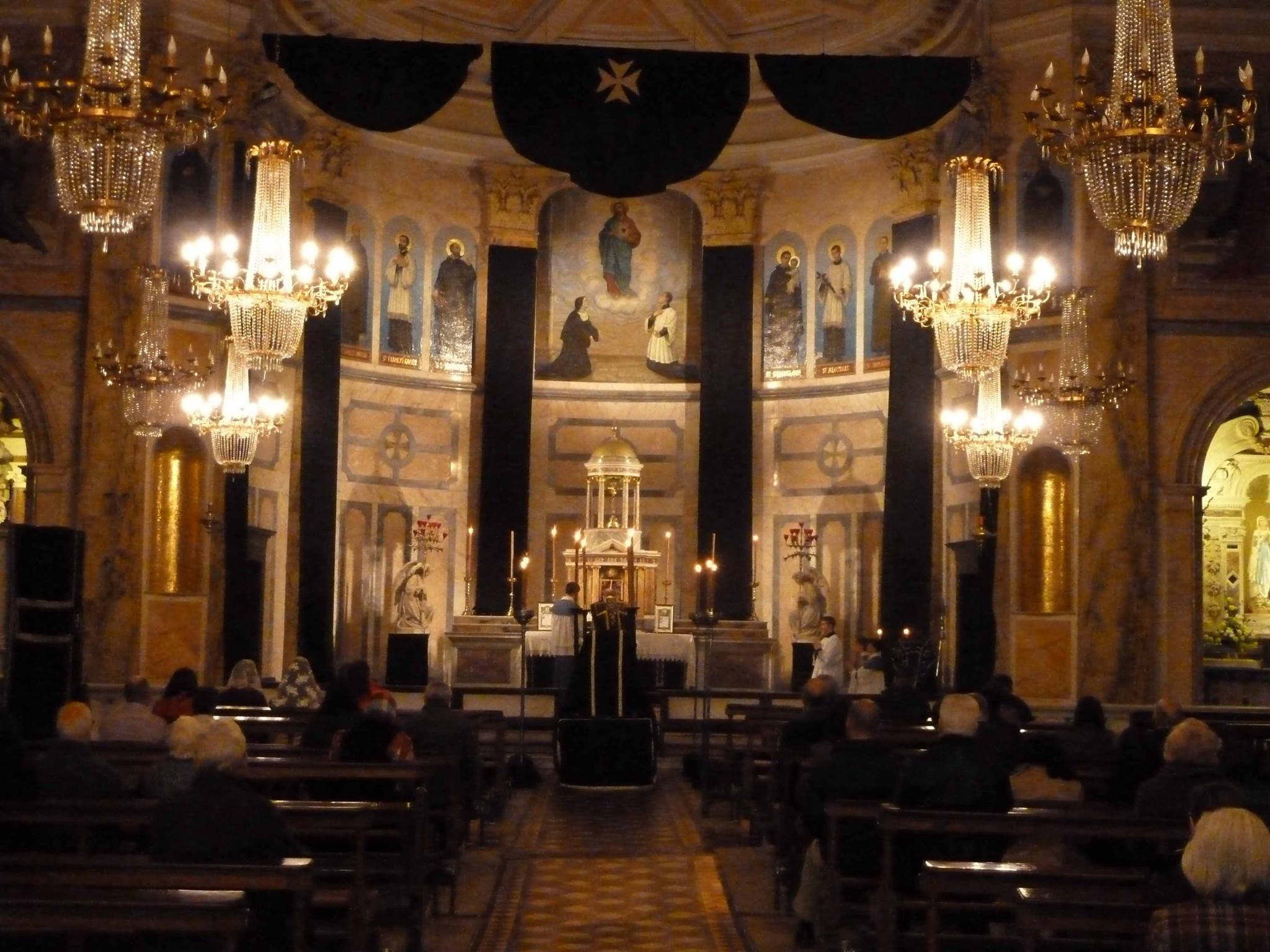
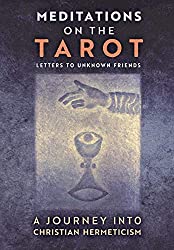
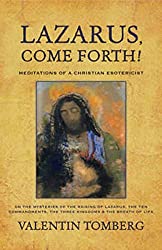
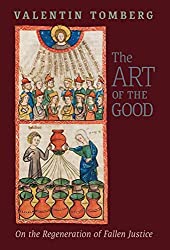
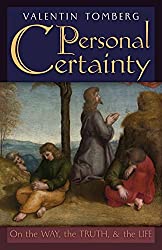
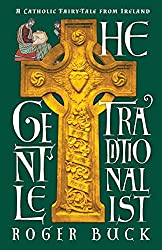
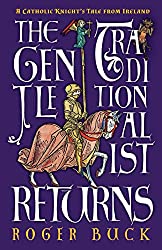
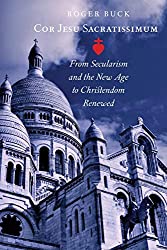
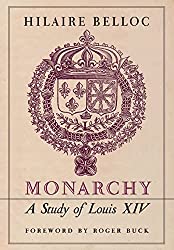
Comments
comments are currently closed
2 responses to “Valentin Tomberg’s Art of the Good (Book Review)”
You are wrong in saying that Rudolf Steiner stood for modernity, for he stated that an occultist obeys two laws: 1. To always where possible connect to the existing tradition and only when that is impossible tob begin something new. 2. Observe absolute truthfulness.
In his famous letter to Willy Seiss that he never sent and as thus published against his will was,he did not reject the concept of spiritual science as conceived by Rudolf Steiner, but the generally accepted concept of a science that was universally accepted and could be replicated. A case of one word with two different and contradictory meanings.
Finally, Valentin Tomberg did not “convert” from anthroposophy to Catholicism. Anthroposophy as the reunion of science, art and religion that regards the incarnation of Christ in Jesus at the baptism in the Jordan and his ministry, crucifixion and resurrection as the central event of human history is superior, is of a higher instance than Catholicism, and therefore one cannot convert from the former to the latter.
In short, your comments, even though I can agree with some of them, are often unfounded and therefore dogmatic. But perhaps you do not see this as a drawback.
.
Thank you, Mr Kelder – although I am very surprised to see your comment as I thought I had the comments turned off at this site.
I am going to turn them off now, but I am glad your remarks got through.
Although I lack time right now, I do mean to respond to your comments – possibly in a post at the website where they will be advantages in terms of formatting and reading.
Just for now though, I feel sorry about the pain I feel in your final remarks – a pain that I imagine is based on a sense of unfounded misrepresentation of things that are precious to you (and me).
As I shall try to explain, I think I have painfully struggled with these issues for over twenty years now. So I trust there is more foundation to what I say than I may have been able to convey to you.
God bless you, unknown friend.
UPDATE: A very in-depth response to this comment has now appeared here.
I fear it may seem quite sharp and sincerely pray that it does not offend. I do not like being sharp with (self-evidently) good people, but the issues here seem terribly and tragically important to me. I hardly know how to write this without being this frank.